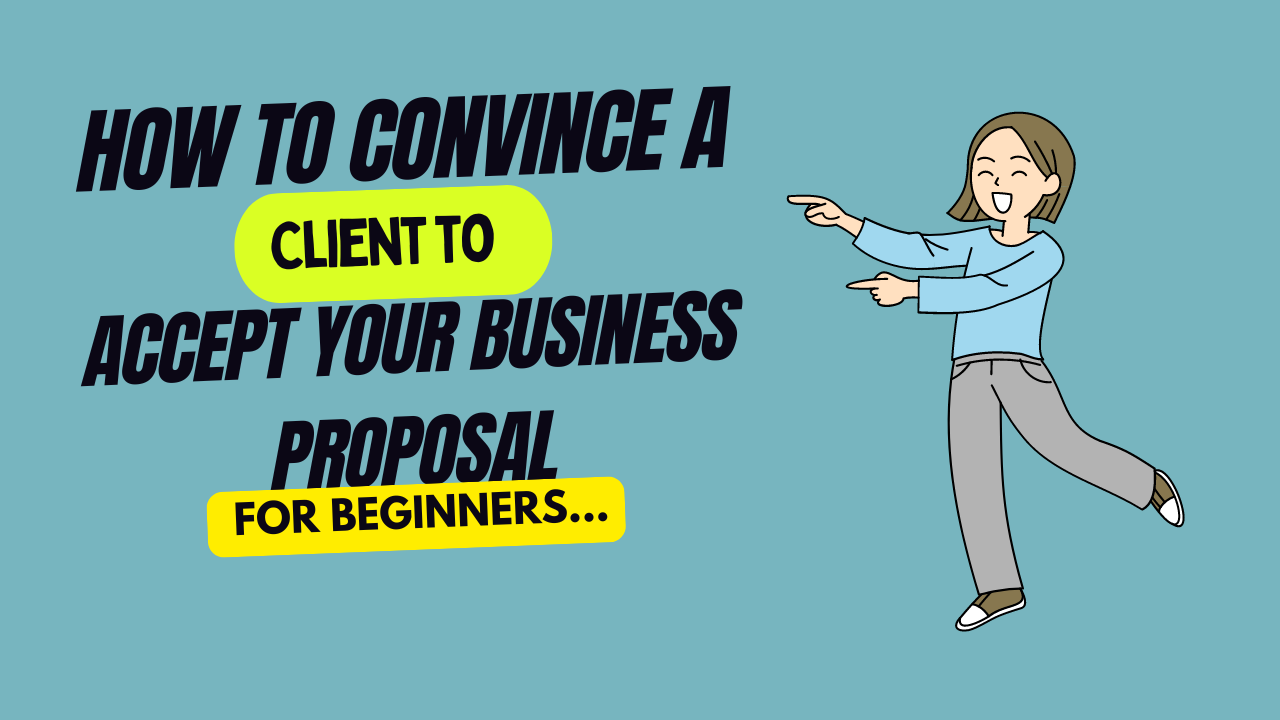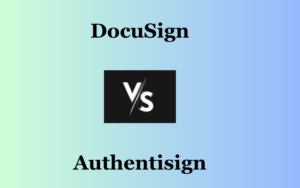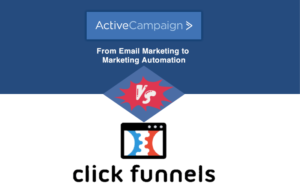Introduction
Winning over clients with your business proposal is a crucial step in growing any business. Whether you’re pitching a new service, product, or partnership, the way you present your business proposal can be the difference between a closed deal and a missed opportunity. But how do you ensure your proposal convinces the client and earns their trust?
In this guide, I’ll share proven strategies to help you convince clients and make them say “yes” to your business proposal.
Table of Contents
1. Understand Your Client’s Needs
Before drafting your proposal, spend time researching the client. Understand their pain points, challenges, and goals. Knowing your client inside-out helps you align your proposal with their specific needs, making it more likely they’ll see your offer as the solution to their problems.
Pro Tip: During client meetings, ask open-ended questions like “What challenges are you currently facing?” or “What are your top priorities for the next year?” This insight will allow you to craft a highly tailored proposal.
2. Highlight Benefits, Not Just Features
Clients are more interested in the outcomes your service or product will deliver than the technical details. Instead of listing features, focus on the benefits and how they will improve the client’s business.
For example, instead of saying, “Our software has a 24/7 support feature,” say, “Our software ensures that you never have downtime with 24/7 support, keeping your business operational round the clock.”
3. Provide Data-Driven Proof to get success in business proposal
Back up your claims with data and evidence. Sharing real-life success stories, case studies, and key performance indicators (KPIs) adds credibility to your proposal and builds trust.
For Example: “Our last client saw a 30% increase in sales within 6 months of using our service. Here’s how we can replicate that success for you.”
4. Tailor Your Business Proposal
No two clients are alike, so your proposals shouldn’t be either. Personalize each proposal to address the client’s specific pain points. Use their industry’s terminology, reference their competitors, and ensure your solution fits seamlessly into their existing processes.
Pro Tip: Include examples of how you’ve helped businesses in similar industries. This not only shows that you understand their sector but also builds confidence in your solution.
5. Communicate Clearly and Concisely
One of the biggest mistakes businesses make is overloading proposals with jargon and complex information. Keep your proposal clear, concise, and straightforward. Break up text with bullet points, subheadings, and infographics to make your points easily digestible.
Pro Tip: Use visuals like graphs or charts to convey complex data simply. This makes it easier for the client to grasp the value you’re offering.
6. Prepare for Objections
Expecting objections and addressing them upfront can make the difference between client hesitation and swift approval. Be proactive and include a section in your proposal that answers potential concerns, such as cost, timeline, or implementation challenges.
For example, if the client may think your solution is expensive, provide a clear ROI breakdown to justify the cost.
7. Offer Flexible Solutions
Offering multiple options or flexible solutions makes it easier for clients to see value. For example, provide different pricing tiers or scalable service packages that allow them to choose the best fit for their budget and needs.
For Example: Present a basic package, an intermediate package, and a premium one. Clients appreciate having the ability to choose what works best for them.
8. Build Trust and a Relationship
At the core of convincing any client is trust. Building a strong relationship with your client, based on transparency, understanding, and value, will make them more likely to say yes. Be approachable, respond quickly, and always follow through on promises.
Pro Tip: Don’t just be a salesperson—become a partner to the client. Demonstrating genuine interest in their success can lead to long-term business relationships.
9. Follow Up After the business proposal
Once the proposal is delivered, don’t let it go cold. Following up with the client shows that you are dedicated and proactive. Sometimes, clients may be on the fence, and a polite follow-up email or call can provide the nudge they need to make a decision.
Pro Tip: In your follow-up email, remind the client of the key benefits of your proposal and offer to clarify any details.
Conclusion
Convincing a client to accept your business proposal requires a blend of research, personalization, and clear communication. By focusing on the client’s needs, providing data-backed evidence, and addressing potential objections, you position your proposal as the ideal solution.
Incorporate these strategies into your next business pitch, and you’ll find yourself closing more deals and winning over clients faster than ever before!





Pingback: How to Get Sponsors Through Instagram: The Best Guide for Creators(2024) - RPMSNKHU Reviews